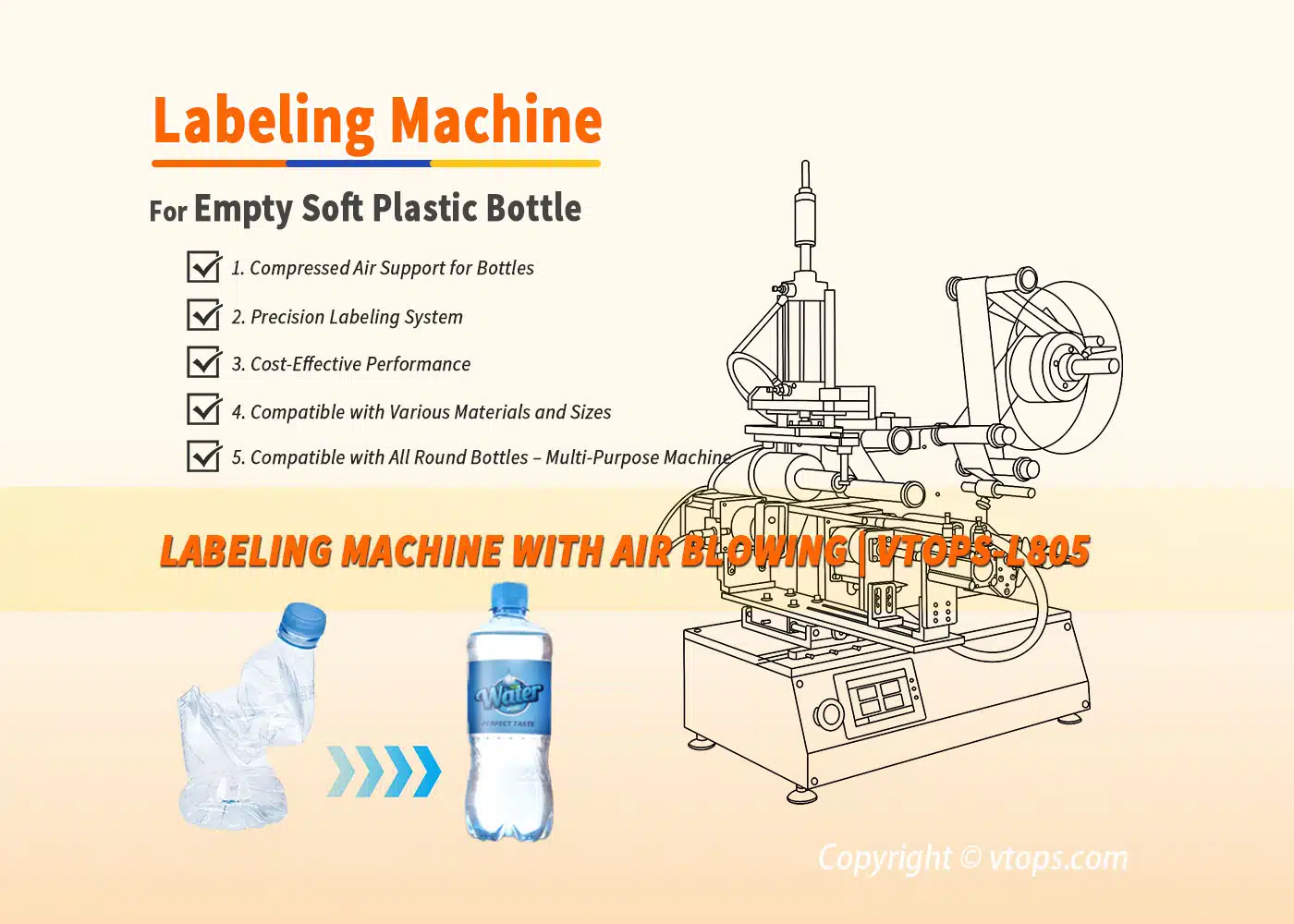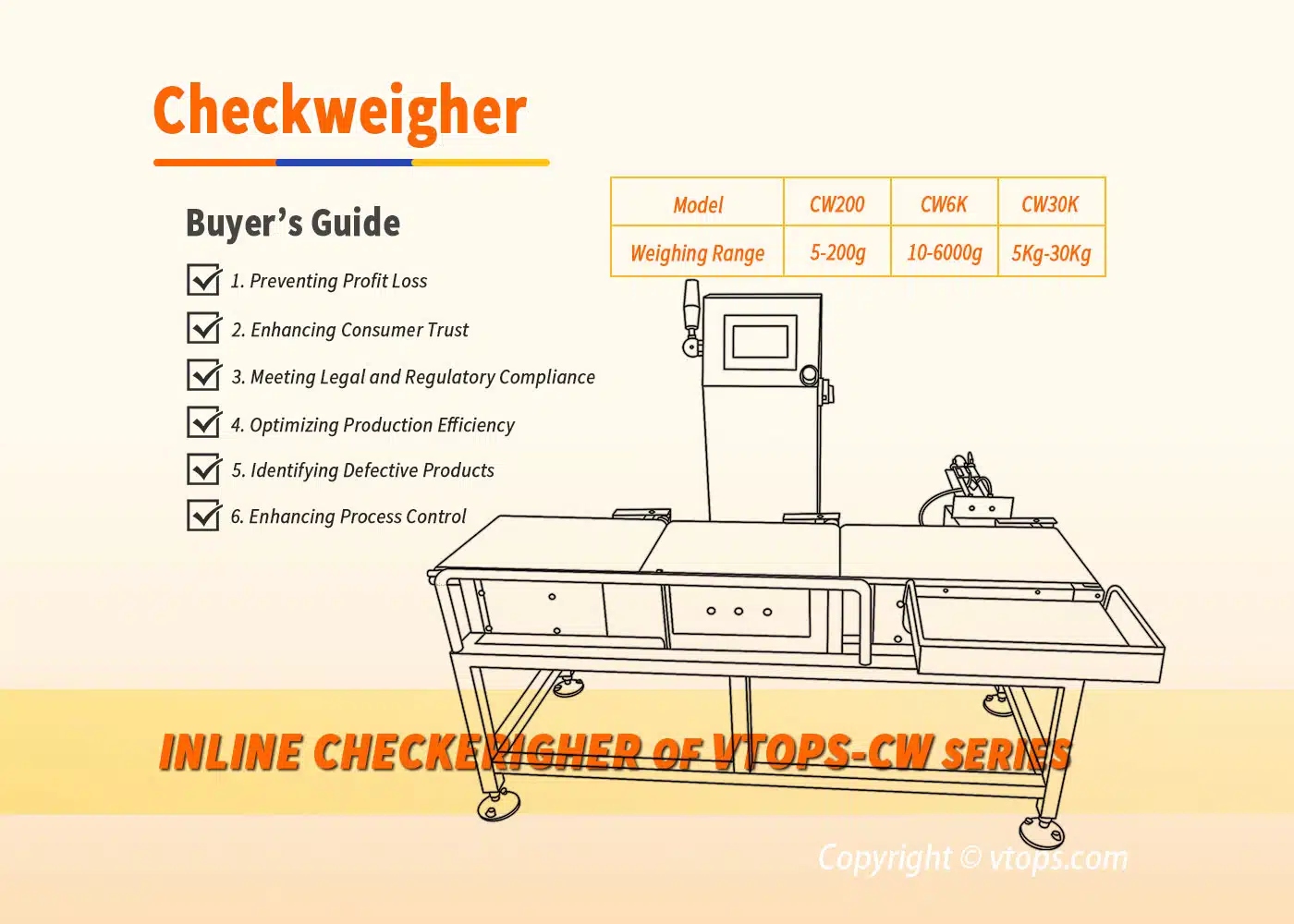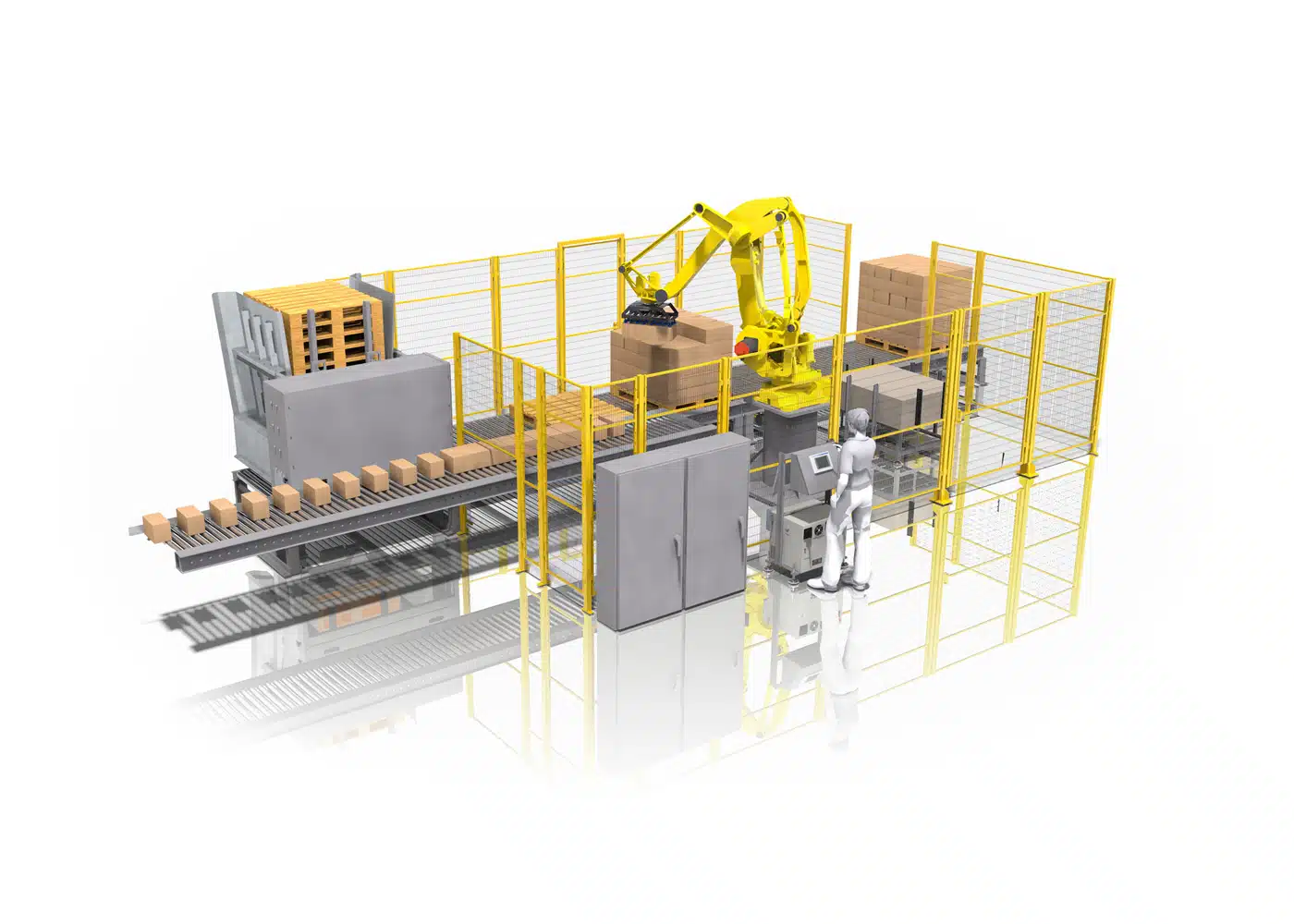Choosing the Best Cooling System for Your Induction Sealer
Induction sealers play a crucial role in food packaging, ensuring a secure seal between plastic jars and aluminum foils. Also known as aluminum foil induction sealing machines, these devices protect the jar’s contents from air, moisture, and other external factors that could compromise product quality and freshness. By doing so, they effectively preserve product integrity and extend shelf life.
When it comes to cooling methods for induction sealers, two common options are Air-cooling and Water-cooling. Choosing the right Induction Sealer cooling system depends on your production requirements, material thickness, and budget.
Air-Cooling for Induction Sealers
Air-cooling for Induction Sealer is a straightforward method that uses fans or blowers to dissipate heat generated during the sealing process. The cooling air is directed over the sealing head, allowing the system to maintain optimal temperature levels.
Key features of air-cooling:
- Advantages:
- Cost-effective and easy to set up.
- No need for additional equipment like water chillers.
- Suitable for low to medium production volumes and thinner materials.
- Limitations:
- Less effective for high-volume production.
- May struggle to cool adequately when sealing thicker materials.
Recommended Air-Cooling Induction Sealers
- VTOPS-SR-3000A: Compact and reliable air-cooled induction sealer for standard packaging needs.
- VTOPS-SR-4000B: A versatile air-cooled machine designed for moderate production lines.
Learn more about air-cooled induction sealing machines here.
Water-Cooling for Induction Sealers
Water-cooling for Induction Sealer is a more advanced cooling method that uses a water-cooled sealing head to regulate heat. A water chiller circulates chilled water through the sealing head, efficiently absorbing and dissipating heat from the sealing process.
Key features of water-cooling:
- Advantages:
- Highly effective for high-volume production lines.
- Ideal for sealing thicker materials, ensuring consistent cooling performance.
- Limitations:
- Higher setup and maintenance costs compared to air-cooling.
- Potential risk of water leakage if the system is not managed properly.
Recommended Water-Cooling Induction Sealers
- VTOPS-SR-6000A: A powerful water-cooled induction sealer for demanding production environments.
Learn more about water-cooled induction sealing machines here.
Air-Cooling vs. Water-Cooling: Which is Right for You?
Both air-cooling and water-cooling methods have their own strengths and limitations. Here’s a quick comparison to help you decide:
| Feature | Air-Cooling | Water-Cooling |
|---|---|---|
| Setup Cost | Lower costs | Higher costs |
| Operating Cost | Lower costs | Higher costs |
| Production Volume | Low to medium volumes | Ideal for high-volume production |
| Recommended Speed | Below 100 bpm [1] | Over 80 bpm[1] |
| Material Thickness | Best for thinner materials | Suitable for thicker materials |
| Complexity | Simple setup | Requires additional equipment |
| Remarks: [1]: depending on the bottle and foil size/material |
||
Ultimately, the choice depends on your specific production needs. For low-volume packaging or thinner materials, air-cooling may suffice. However, for high-volume production or sealing thicker materials, water-cooling provides better performance and reliability.
If you’re uncertain, feel free to consult with an experienced induction sealing machine manufacturer like VTOPS. Share your requirements, and we’ll recommend the best machine for your application.


